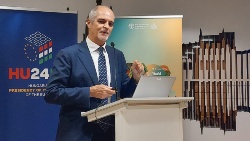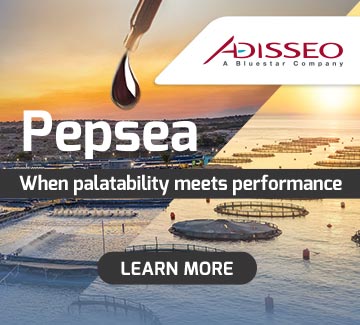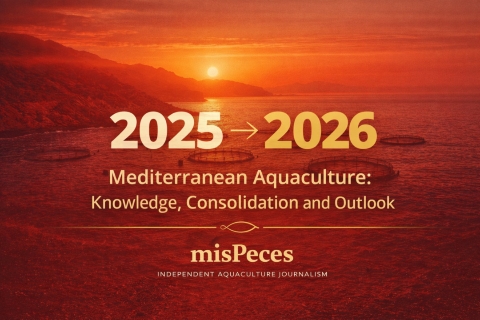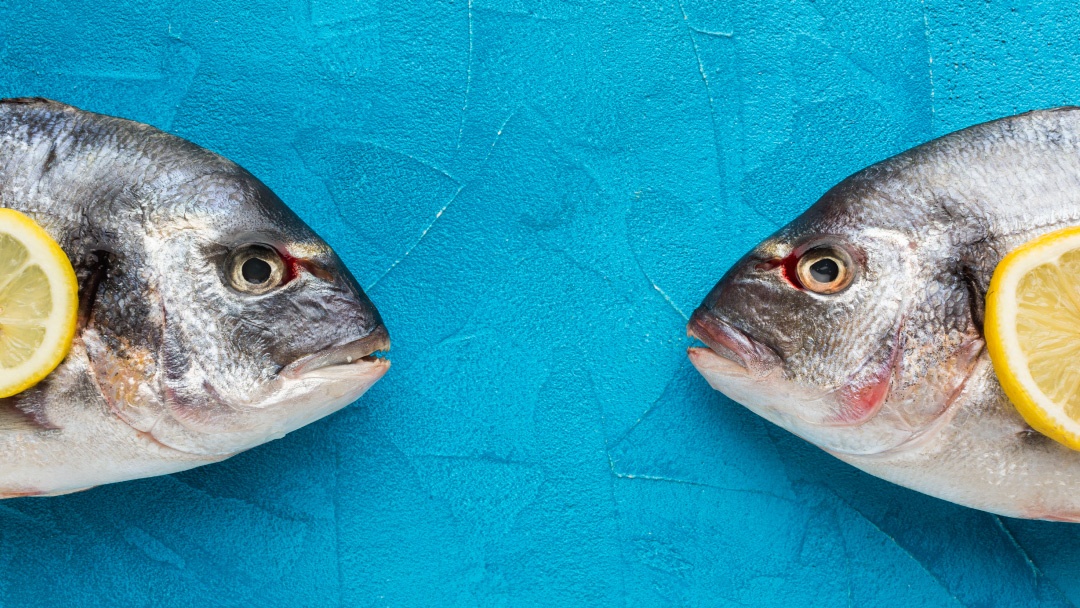
In a global landscape where demand for aquaculture products is on the rise, food safety has become a cornerstone for consumer trust and industry sustainability. Meeting these high standards is essential, not just to safeguard public health but also to maintain competitiveness in an increasingly discerning market.
The European Union heavily relies on imports on aquatic products from non-EU countries to supply its markets. Over time, this dependency has created a regulatory imbalance that impacts both local producers and consumers.
Aquaculture products farmed within the EU are subject to some of the most stringent food safety and quality control system globally. Every stage of production, from breeding to retail, is regulated under a robust legal framework.
Key regulations include Regulation (EC) No 178/2002, which enforces mandatory traceability, and Regulation (EC) No 853/2004, which sets specific hygiene standards. For instance, a seabass farmer in Greece or Spain must log every batch of feed used, veterinary treatments applied, and the environmental conditions of the farm. National and EU authorities audit this data regularly to ensure product safety and quality.
Similarly, mussel farmers in Galicia, Spain, are subjected to rigorous water monitoring to detect marine biotoxins. If toxin levels exceed the safety threshold, production halts immediately to prevent contaminated products from reaching the market.
This level of scrutiny is often lacking in non-EU countries, where regulatory frameworks vary widely and are sometimes less strict.
The Challenges of Imported Products

Imported aquaculture products, such as shrimp from Vietnam or tilapia from China, must also meet quality and safety standards to entry the EU. However, there are significant differences in the level of ever sight.
While European products undergo continuously monitoring at farms and processing plants, imports are typically subjected to checks at EU Border Control Points. Although these checks are thorough, they are sporadic and do not offer the same level of traceability as EU products. For example, an imported batch of shrimp may meet safety requirements at entry, but limited traceability could complicate its withdrawal if issues arise later.
To ensure that food safety and quality control systems are fair for all stakeholders -EU producers, non-EU exporters, and consumer like- it’s vital to establish a balanced framework that guarantees safety without creating unnecessary trade barriers.
Aligning International Standards
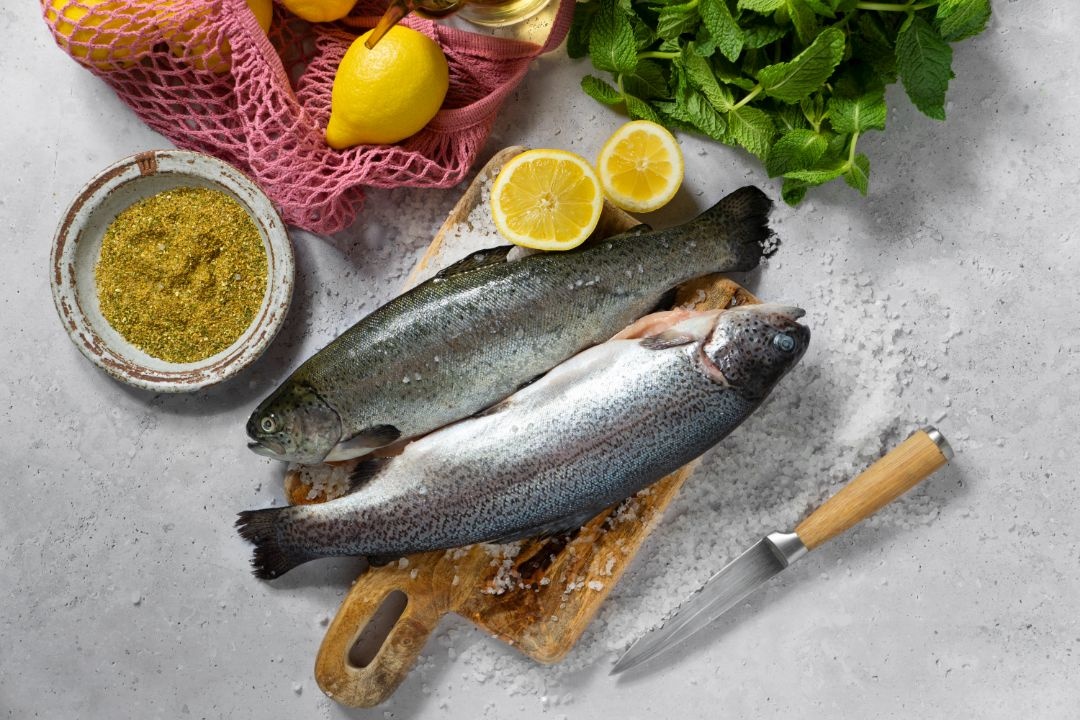
Harmonising international standards is necessary to avoiding regulatory discrepancies. A successful example is Atlantic salmon, produced in countries like Norway, Chile, and Canada, where adherence to global standards such as the Codex Alimentarius has facilitated trade by meeting uniform regulations.
This harmonization doesn’t always extend to other species. For instance, shrimp produce in some Asian countries often face rejection in EU markets due to differing Maximum Residue Limits (MRLs). Similarly, pangasius, primarly farmed in Vietnam, struggles with inconsistent production and safety standards.
Enhancing Traceability
Complete traceability remains a challenge, particularly for imports. Solutions like blockchain-based systems could transparently log every step of the production process. Yet, widespread adoption of this technology is still in infancy, leaving room for improvement in global traceability.
Strengthening International Inspections
To balance the oversight between EU and imported products, international audits in exporting countries should be reinforced. These audits could be carried out by independent organisations or in collaboration with the EU to ensure that control systems in origin countries are equivalent to EU standards, reducing reliance or border inspections.
Equal Access to Voluntary Certifications
Certifications such as Global GAP or ASC are valuable tools for demonstrating sustainability and food safety. Though, their high cost can be prohibitive for small producers, both within the EU and non-EU countries. This creates an uneven playing field between large exporters and smaller local producers.
Financial aid or technical assistance should be offered to help small-scale producers achieve certification, promoting fairer trade practices.
Falling to address these disparities will make it difficult to establish a robust aquatic food production system in Europe that guarantees both consumer safety and food sovereignty.
Collaborative efforts to ensure that aquaculture products, regardless of origin, meet the highest quality and sustainability benchmarks.

